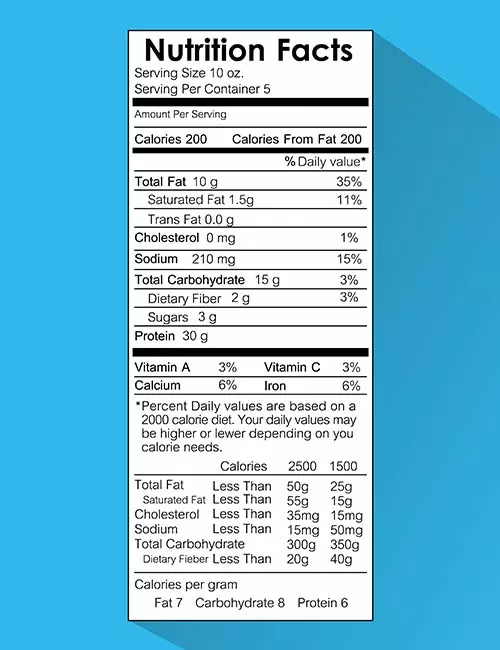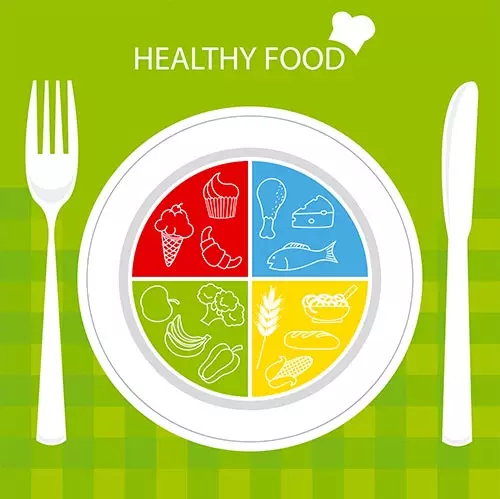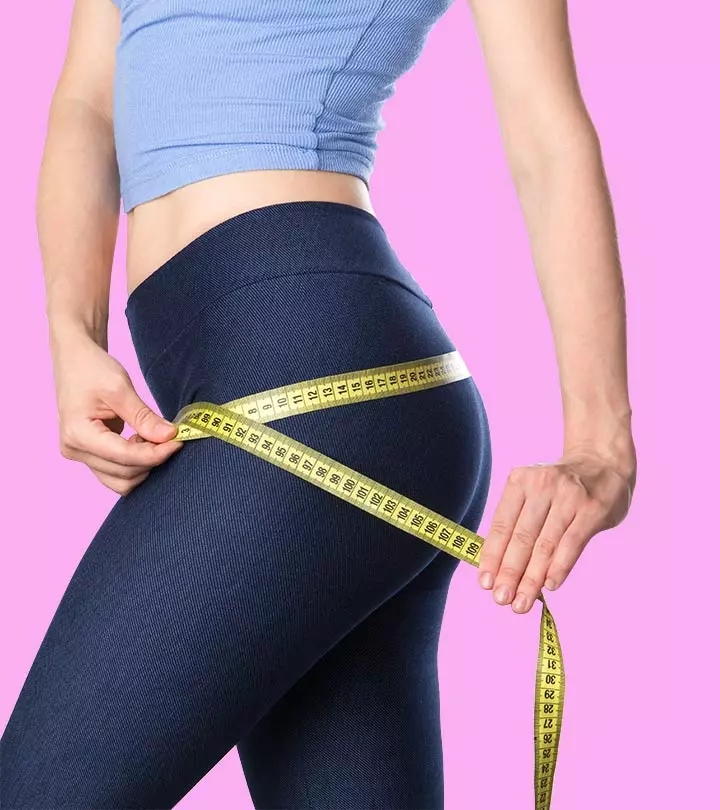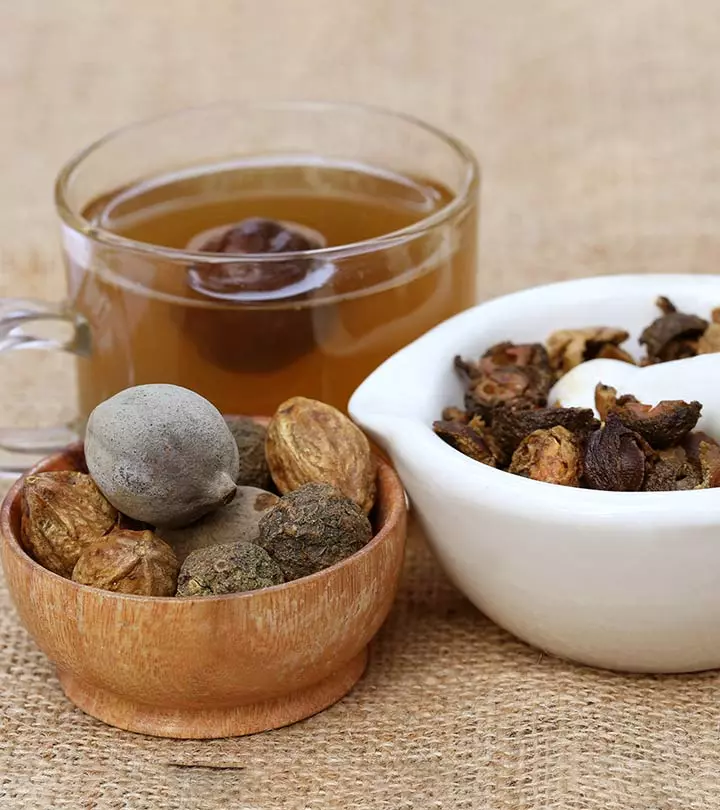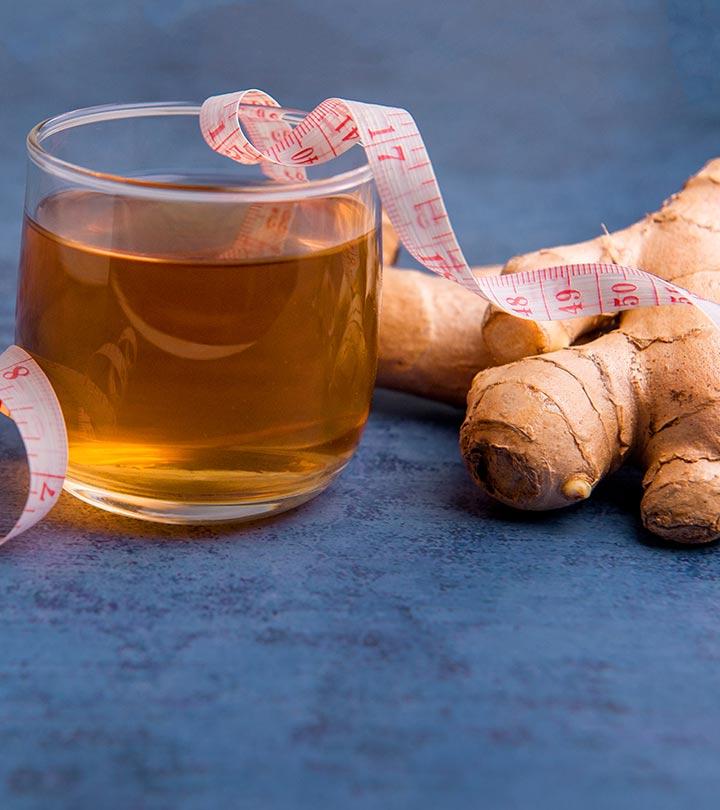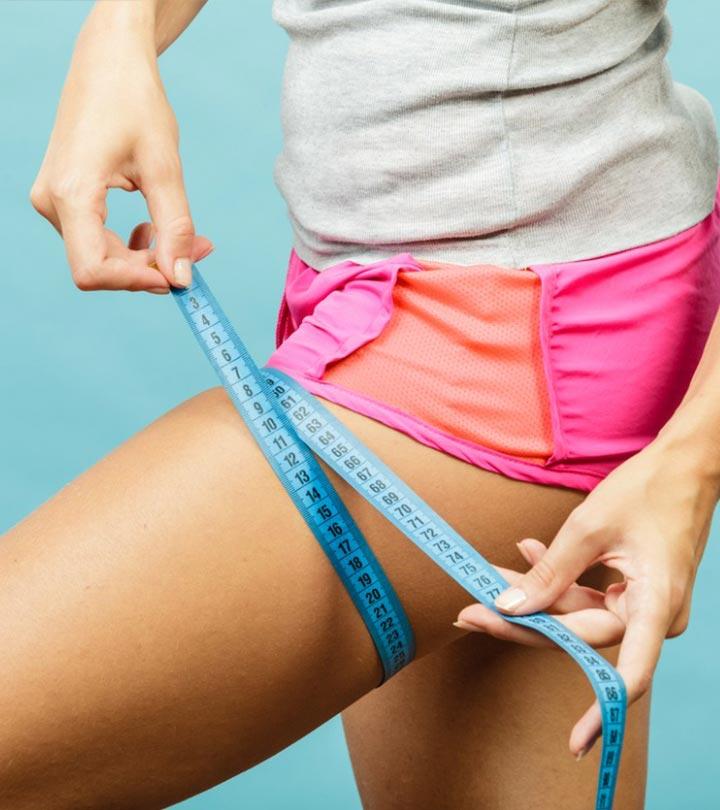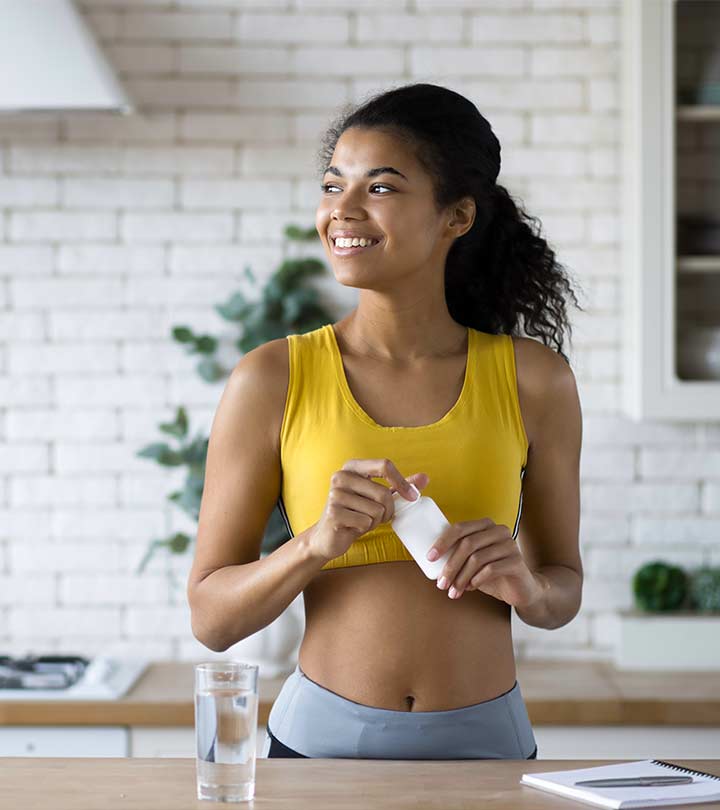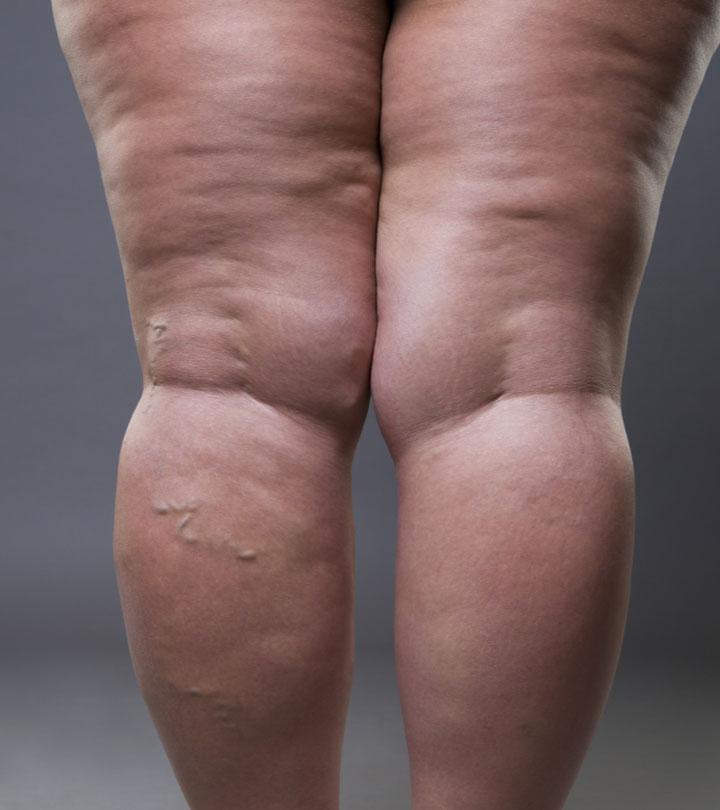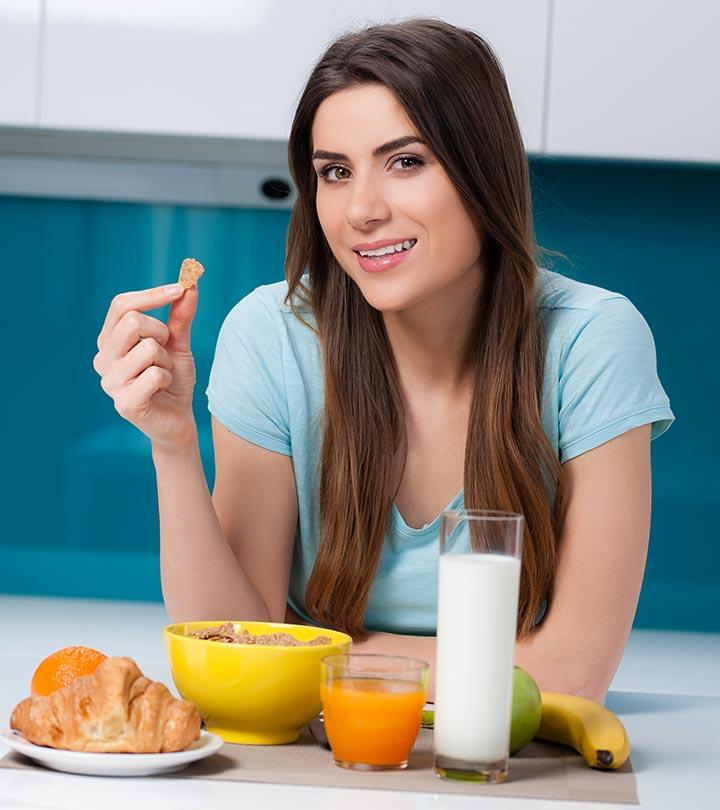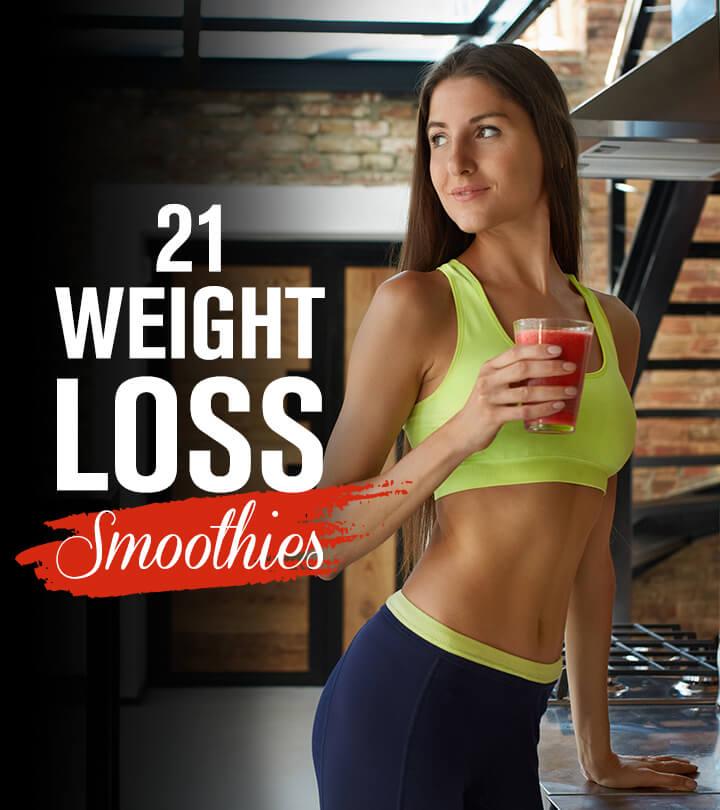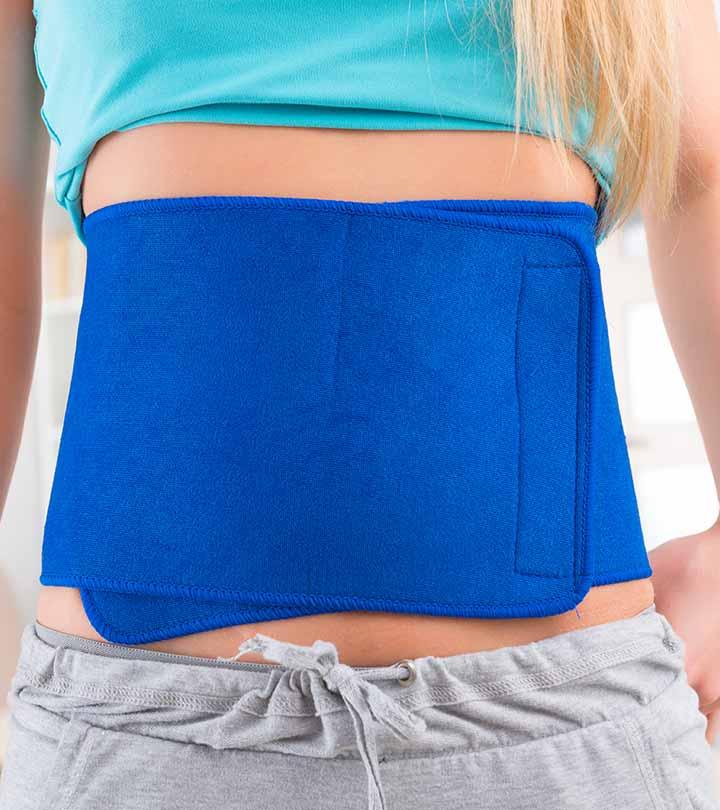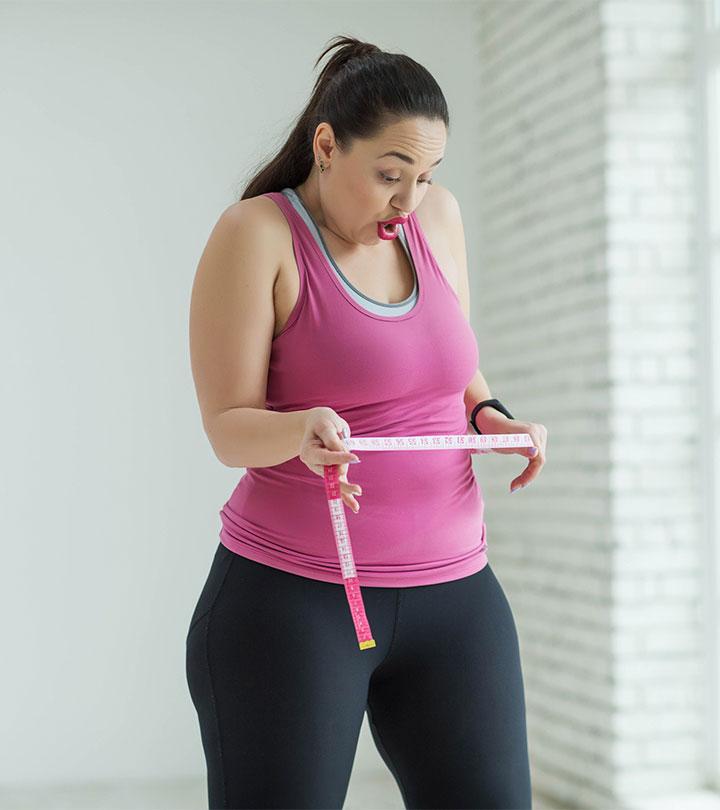Portion Control For Weight Loss – 12 Ways To Do It
Unveil the importance of mindful eating and portion control in your weight-loss journey.
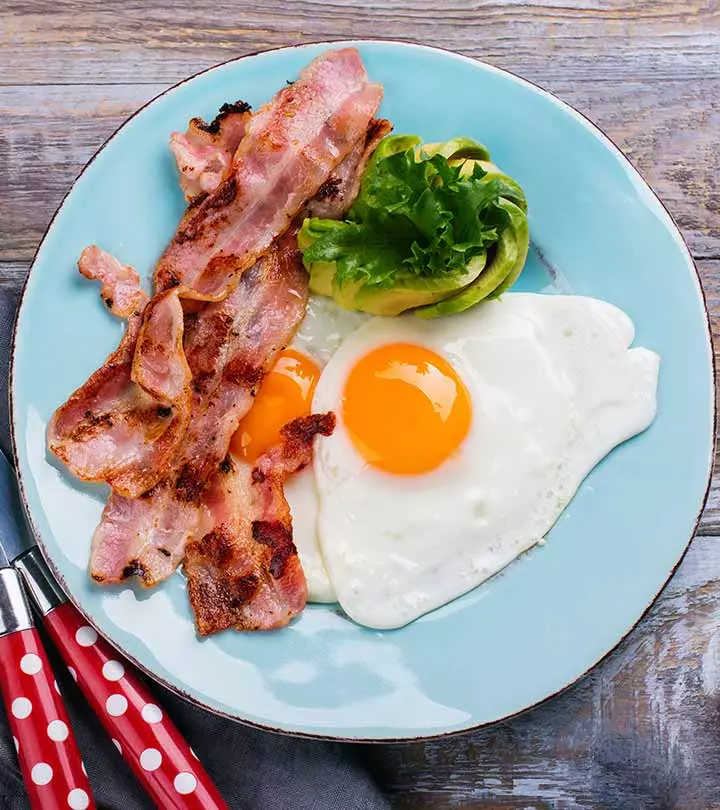
Image: Shutterstock
Not just diet and exercise, portion control is also important for weight loss. Eating right and in the right amounts lead to better results. The right amount, or portion, must be limited depending on your lifestyle. For example, if you are sedentary, the food portion size would be less, and if you are active, the portion size would be more. But how much is the right amount of less or more? Many factors like BMI, lifestyle, medications, and age come into play. Read on to know everything about portion control for weight loss. Scroll down!
In This Article
Why Is Portion Control For Weight Loss Important?
It is important that you keep track of the number of calories you consume every day – and this includes calories from healthy foods as well. Lisa Young, Ph.D., RD, author of The Portion Teller Plan: The No-Diet Reality Guide to Eating, Cheating, and Losing Weight Permanently, says, “You don’t want to feel like you’re on a diet, but you have to eat fewer calories.” And this applies to healthy foods as well. Because healthy foods, in larger quantities, can also prevent you from losing weight (or even make you gain weight).
A survey conducted on 1000 U.S. adults reported that 44% of the population was identified as obese. It also reported that 52% of people have tried to lose weight by making dietary changes and 50% of them have tried to increase physical activity.
Shannon Dillman, a blogger, is passionate about healthy eating and portion control. She encouraged people to be realistic about their eating habits, and said, “I am full after my one serving meal, that I don’t even have room for dessert. My body was trained to be this way. All of my life, I have been active and kept myself at a healthy weight so it comes natural to me….being skinny doesn’t come natural, but eating right does (i).”
Controlling portions will not only help you lose weight but also protect you from obesity-related diseases, such as diabetes, insulin resistance, PCOs, heart disease, etc. But how can you start eating the right amount of food? Here’s what you’ve got to do first.
How Does Portion Control For Weight Loss Work?
It begins at the grocery store. Check the nutrition label of any food, and you will find all the nutritional information there. And on the top left, you will find the serving size, which differs between food items. It can be measured in cups, grams, slices, pieces, ounces, etc. The serving size mentioned on the nutrition label is the amount of food recommended by the government. However, depending on your body needs, you need to eat more (or less) than the serving size. And this is precisely where portion control for weight loss comes into play.
For example, the serving size of ice cream is ⅔ cups as per government recommendations. And to lose weight, you should consume ¼ cup. But if you end up consuming one whole cup, things may not go as planned. You will not only overshoot the recommended serving size per person but also exceed the portions.
Scroll down for details regarding how to calculate portion size accurately and precisely.
How To Calculate Portion Size
When it comes to calculating portion sizes, precision is key for effective nutrition management. Below is a breakdown of how to get it right:
1. Weigh Your Food
Invest in a digital kitchen scale for accurate weighing. For the calculation, choose your preferred units, such as grams, ounces, etc., and then weigh the container and zero it from the total measure.
2. Measuring Volume
You can use measuring cups and spoons for volume calculations, and just use your finger or a knife to level off contents for accuracy.
3. Calorie-Based Calculation
There is no one-size-fits-all rule, and you should calculate portions based on your daily calories intake. This intake is based on factors such as your current weight and weight loss goal as well as age, gender, height, and activity level. For ease, consider using a calorie goal calculator for optimal outcomes.
Here’s a sample diet chart for a woman who is 28 years of age, 167 cm tall, weighs 165 pounds, and is moderately active.
Portion Control Sample Diet Chart
To lose weight, she needs to consume around 1700 calories per day. Calories that you have to consume (depending on your need) will be different, but the idea of meal planning will remain the same. Take a look.
| Meals | What To Eat |
|---|---|
| Early Morning (6:30 a.m.) | 1 cup warm water with juice of half a lime |
| Breakfast (7:15 – 7:30 a.m.) | 1 banana + 1 cup green tea + 2 whole boiled eggs + 1 slice wheat bread + 4 almonds |
| Mid Morning (10:00 – 10:30 a.m.) | 1 cup fruits |
| Lunch (12:30 – 1:00 p.m.) | Homemade zoodles and shrimp/tofu salad with light dressing + 1 cup yogurt |
| Evening Snack (3:30 – 4:00 p.m.) | 1 cup green tea + 1 multigrain biscuit Or 1 cup black coffee + 1 small bowl of unsalted popcorn |
| Dinner (7:00 – 7:30 p.m.) | 3 oz grilled fish/chicken breast + 1 medium bowl of veggies + ½ cup cooked millet/quinoa + 1 cup warm milk before bed Or ½ cup cooked black beans + 1 medium bowl of veggies + ½ cup cooked millet/quinoa + 1 cup warm chamomile tea before bed |
Tip: If you work out, make sure you have a cup of green tea or a banana one hour before hitting the gym. Post-workout, have a cup of coconut water to replenish your electrolyte reserves. And do not go to the kitchen and start eating right after exercising.
Let’s now talk about a few basic ways to keep your food intake under control and thereby lose weight in the following section.
12 Ways To Control Your Portions
1. Start By Drinking Water
Did you know that you tend to feel hungry when you are actually thirsty? Yup! It is true. Dehydration causes your brain to think that you are hungry and causes a lot of imbalances in your body. So, drink at least 3 liters of water per day. Or 4-5 liters if you participate in vigorous workouts every day. Drink two cups of water 20 minutes before any meal. Water will help you avoid overeating (1). It also will regulate your body temperature, prevent dehydration, and flush out the toxins.
2. Cut Down On Refined Carbs
Love eating chocolates, cakes, ice creams, etc.? These foods and other forms of refined carbs are the main reasons for weight gain and a rise in the obesity epidemic (2). You must give up on refined carbs like white sugar, bread, pasta, flour, cookies, etc. Trust me, once you get rid of this addiction, you will lose weight quickly and start feeling energetic all day long.
3. Include Low-Cal Foods In Your Diet
Veggies top the list of low-cal foods. They are loaded with vitamins, minerals, dietary fiber, and phytochemicals (3). The vitamins and minerals help boost your immunity (4). Dietary fiber improves bowel transit, lowers cholesterol, and helps manage blood glucose levels (3).
4. Be Careful With Fruits
Fruits are delicious and nutritious but are also loaded with fruit sugar or fructose. Like nuts, you can easily overeat fruits, leading to an insulin spike. Fruits are healthy, but because they contain a good amount of sugar in them, you have to be careful not to overeat high glycemic index (GI) fruits like grapes, mango, jackfruit, etc.
5. Practice Good “Eating Out”
You need to eat healthily, but do not shut yourself in when it’s time to have a good time with friends, family, or a date. Just make the right food and portion choices. And it starts by choosing the restaurant or hangout place that serves healthy food. Request the chef to use the required amount of lean protein, veggies, and healthy fats to prepare your food. If you are out on a first date and do not want to come across as picky, just choose a delicious, healthy appetizer or a main course and end it on a sweet note with fruit and sour cream/yogurt as dessert.
6. Have A Filling But Small Breakfast
You should never skip breakfast. Have it within an hour of waking up. And take care of how much and what you eat for breakfast. Swap breakfast cereal, pancakes, and waffles with oats, broken wheat, millets, quinoa and eggs, avocado, nuts or seeds, a few berries, etc.
7. Do Not Skip Meals
Skipping meals can make you feel more hungry, leading to overeating during the rest of the day. Also, starving yourself slows down metabolism, which ultimately makes you gain weight and look sluggish.
8. Weigh Your Food To Count Calories
Yes, this is the best way to find out how many calories are there in half a brinjal or a tablespoon of quinoa. Checking online for calorie information is an approximation. If you are committed to losing weight effectively, you must weigh your food. You can buy a weighing balance online. However, if you have not reached this point yet, make it a point to check calories on a reliable fitness app.
9. Drink From A Tall Glass
The best way to control your portion is to drink fruit juices, smoothies, and vegetable juices from a tall glass. You will not only consume less (as compared to wide glasses) but also enjoy your drink more by sipping slowly.
 Quick Tip
Quick Tip10. Earn Your Food
Of course, you do! But what I mean by this is that you must expend energy to put in any more energy in the form of food. And the best ways to utilize the already stored fat is to work out, take the stairs instead of the elevator, walk to nearby places, and get up from your workstation and walk around every one hour. This way, when you sit down to eat, you will not only feel good about doing the right thing for your health but also not be guilty of overeating.
11. Eat Slowly
Take your time and use a small spoon whenever you eat. If you are using a fork or chopsticks, make sure you pick up small amounts of food each time. Chew your food and enjoy the flavors. Eating slowly prevents you from overeating, and you will soon feel full (5).
 Quick Tip
Quick Tip12. Quit Eating From The Bag
It is okay to consume some crunchy snacks in limited amounts – like popcorn, kale chips, sweet potato chips, etc. But when you have them directly from a box or bag, the story is different – you end up consuming a lot of calories, exceeding the recommended serving size and the required portion size. So, you MUST stop eating from the bag or box. Take the snack out in a bowl or a small plate and enjoy it. Speaking of small plates, did you know there are specially designed plates for portion control? Find out in the next section.
4 Best Portion Control Plates
There are different brands of portion control plates available in the market. Talk to your nutritionist to find out which one will be ideal for you and buy one to avoid overeating.
- Portion Master Skinny Plate Weight Management Portion Control Plate: It is the best portion control plate for achieving weight loss goals.
- Precise Portions 2-Go Healthy Portion Control Plates: Best for people who are always on the go.
- Meal Measure 1 Portion Control Tool: Good for portion control in general.
- Choose MyPlate 10-Inch Plate for Adults & Teens, Healthy Food and Portion Control: Affordable, durable, and good for portion control.
Finally, here are a few things that you must keep in mind while controlling your food portions.
Things To Remember
- Stick to your portion control plates until it becomes a habit.
- Do not get up for a second or third serving.
- Do not eat your children’s leftovers.
- To prevent food wastage, store the leftovers for the day after. Do not overeat.
- Keep your doctor informed about your new diet and lifestyle, check your weight every week, and get your body composition analysis done every month.
Along with diet and exercise, you can incorporate portion control for weight loss into your daily habits. Portion control is a great technique to consume fewer calories without feeling like you are restricting yourself. To begin with, check labels to find out government-recommended serving sizes for foods that come with packaging. In addition, you can use certain guidelines discussed here such as drinking slowly from a tall glass, eating from a portion control plate with demarcations, eating out in restaurants that serve healthy foods, and staying hydrated throughout the day.
Unlock the secret to sustainable weight loss through portion control. Explore the art of managing portions for a balanced diet and discover practical strategies to curb overeating, fostering healthy eating habits for effective weight management. Play the video to know more.
References
Articles on StyleCraze are backed by verified information from peer-reviewed and academic research papers, reputed organizations, research institutions, and medical associations to ensure accuracy and relevance. Read our editorial policy to learn more.
(i). Portion Control,..Don’t Lie To Yourself!
https://margaritastewart.blogspot.com/2010/07/portion-controldont-lie-to-yourself.html
References
Articles on StyleCraze are backed by verified information from peer-reviewed and academic research papers, reputed organizations, research institutions, and medical associations to ensure accuracy and relevance. Read our editorial policy to learn more.
- Effect of Pre-meal Water Consumption on Energy Intake and Satiety in Non-obese Young Adults
https://www.ncbi.nlm.nih.gov/labs/pmc/articles/PMC6209729/ - Refined carbohydrates phenotypic plasticity and the obesity epidemic
https://pubmed.ncbi.nlm.nih.gov/31443772/ - Nutritional Quality and Health Benefits of Vegetables: A Review
https://www.researchgate.net/publication/271288554_Nutritional_Quality_and_Health_Benefits_of_Vegetables_A_Review - Potential role of nutrients on immunity
https://poliklinika-harni.hr/images/uploads/418/uloga-prehrane-u-imunitetu.pdf - Eating slowly led to decreases in energy intake within meals in healthy women
https://pubmed.ncbi.nlm.nih.gov/18589027/
Read full bio of Jess Wharton
Read full bio of Ravi Teja Tadimalla
Read full bio of Sindhu Koganti






